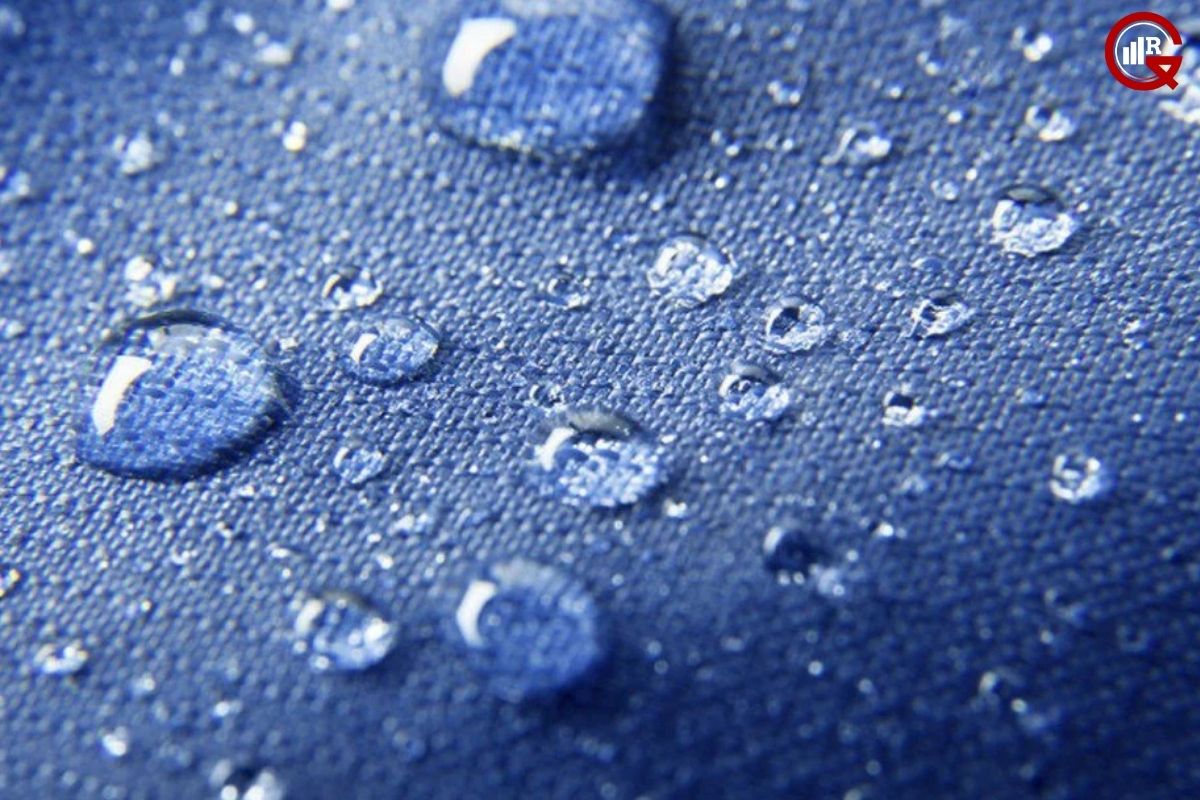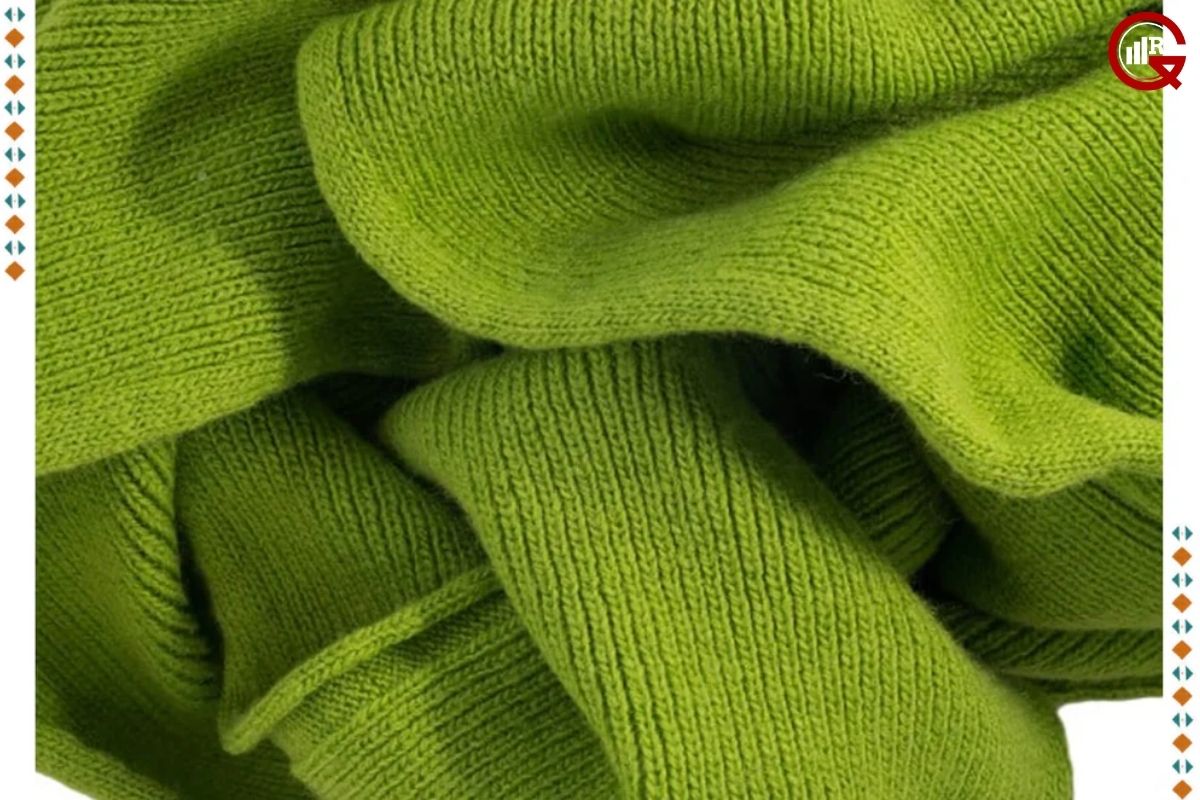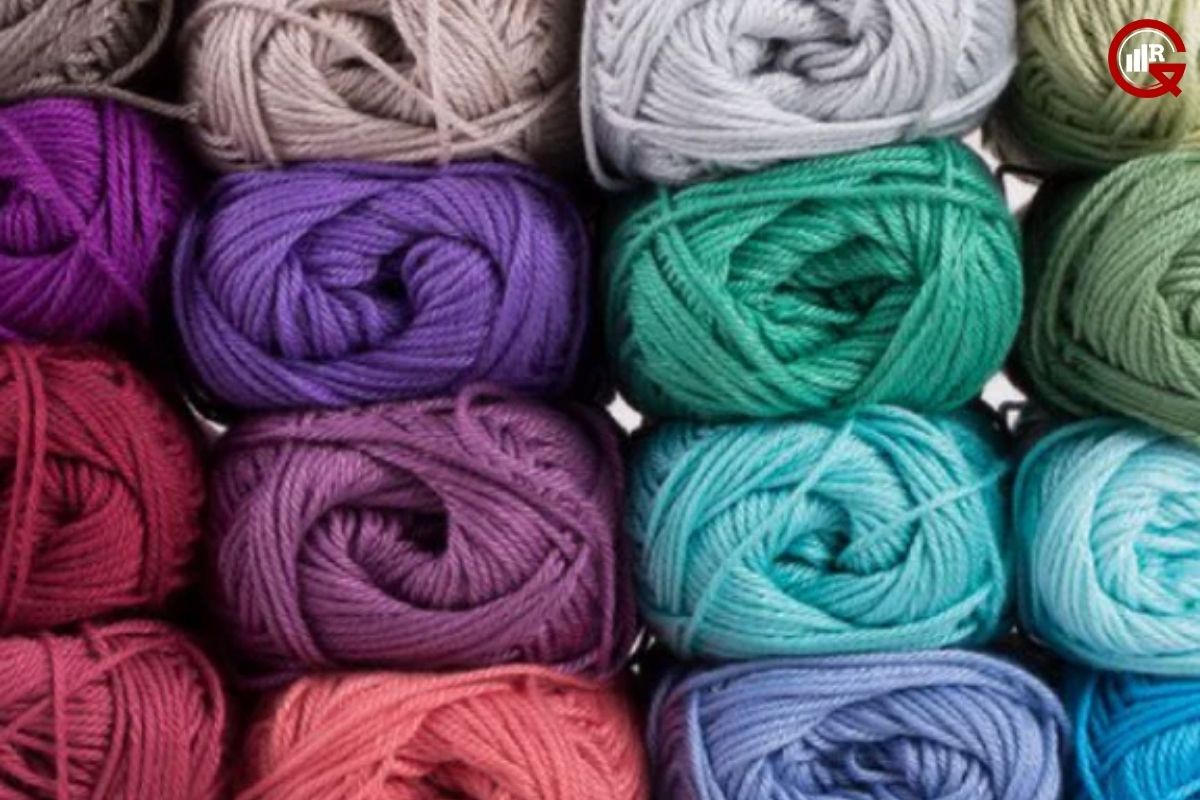(Source – Retractableawnings.com)
Awning fabrics play a pivotal role in enhancing the aesthetics, functionality, and comfort of outdoor spaces, providing shade, protection from the elements, and visual appeal to residential, commercial, and recreational environments. From durable canvas and acrylic fabrics to innovative materials such as PVC-coated polyester and solution-dyed acrylics, awning fabrics come in a diverse array of colors, patterns, and textures to suit every style and application. In this article, we delve into the world of awning fabrics, exploring their properties, applications, and the factors to consider when selecting the perfect fabric for your awning.
Understanding Awning Fabrics
Awning roofing is specifically designed to withstand outdoor conditions while providing shade and protection from the sun, rain, wind, and UV radiation. Key characteristics of awning fabrics include:
Durability: Awning roofing is engineered to withstand prolonged exposure to sunlight, moisture, and temperature fluctuations without fading, deteriorating, or tearing. High-quality roofing fabrics are treated with UV stabilizers, mold inhibitors, and water repellents to enhance their durability and longevity.
UV Protection: One of the primary functions of awning roofing is to protect from harmful UV radiation, which can cause sunburn, premature aging, and skin cancer. UV-resistant roofing fabrics block a significant portion of UV rays, reducing the risk of sun damage and allowing for comfortable outdoor living.
Water Resistance: Awning roofing is designed to repel water and resist mold, mildew, and moisture absorption. Water-resistant coatings or treatments prevent water from seeping through the fabric, keeping the space beneath the awning dry and comfortable during rain showers or inclement weather.

Breathability: While roofing fabrics provide shade and protection, they also allow for air circulation and ventilation to prevent heat buildup and condensation. Breathable fabrics ensure comfort and airflow, particularly in hot and humid climates.
Types of Awning Fabrics
Canvas: Traditional canvas roofing fabrics, made from natural cotton or cotton-polyester blends, offer a classic aesthetic and superior durability. Canvas fabrics are breathable, resistant to fading, and capable of withstanding harsh weather conditions. However, they may require periodic maintenance and reproofing to maintain their water resistance and appearance.
Acrylic Fabrics: Solution-dyed acrylic fabrics have become increasingly popular for awning applications due to their exceptional durability, UV resistance, and colorfastness. Acrylic fabrics are available in a wide range of colors, patterns, and textures, allowing for customization and creativity in awning design. Additionally, acrylic fabrics are easy to clean and maintain, making them ideal for high-traffic areas and commercial installations.

PVC-Coated Polyester: PVC-coated polyester fabrics are engineered for maximum durability, water resistance, and tear strength. These fabrics feature a PVC coating or laminate applied to a polyester substrate, providing excellent weatherproofing and long-term performance. PVC-coated polyester fabrics are commonly used for retractable awnings, canopies, and commercial shade structures.
Polyethylene (PE) Fabrics: Polyethylene fabrics, often referred to as HDPE (high-density polyethylene) or shade cloth, are lightweight, breathable, and highly resistant to UV radiation. These fabrics are commonly used for shade sails, pergola covers, and outdoor curtains, providing shade and UV protection in residential and commercial settings.
Applications of Awning Fabrics
Residential Awnings: Roofing fabrics enhance the curb appeal and functionality of residential properties, providing shade and protection for patios, decks, windows, and entryways. Residential awnings come in a variety of styles, including fixed, retractable, and motorized awnings, allowing homeowners to customize their outdoor spaces to suit their needs and preferences.
Commercial Awnings: In commercial settings, roofing fabrics serve both practical and promotional purposes, providing shade and weather protection for storefronts, restaurants, cafes, and outdoor seating areas. Customizable awnings with company logos, branding, or messaging enhance visibility, attract customers, and create a welcoming atmosphere for patrons.
Recreational Awnings: Roofing fabrics are also used in recreational settings such as parks, playgrounds, sports facilities, and outdoor events to provide shade and shelter for participants and spectators. Portable pop-up canopies, shade tents, and event marquees made from roofingh fabrics offer temporary shelter and comfort during outdoor activities and gatherings.
Factors to Consider When Choosing Awning Fabrics

Durability and Weather Resistance: Consider the climate and weather conditions in your area when selecting roofing fabrics, opting for materials that offer durability, UV resistance, water resistance, and mold resistance to ensure long-term performance and protection.
Color and Design: Choose awning fabrics that complement the architectural style, color scheme, and aesthetic preferences of your home or commercial property. Consider factors such as colorfastness, fade resistance, and the availability of customization options when selecting fabric colors and patterns.
Maintenance Requirements: Evaluate the maintenance requirements of different roofing fabrics, considering factors such as cleaning methods, stain resistance, and the need for periodic reproofing or resealing to maintain their appearance and performance over time.
Budget and Cost: Set a budget for your awning project and compare the cost of different fabric options, taking into account factors such as fabric quality, warranty coverage, and installation expenses. While higher-quality fabrics may have a higher upfront cost, they often offer better durability and longevity, resulting in long-term savings and satisfaction.
Conclusion
In conclusion, awning fabrics play a crucial role in enhancing the functionality, comfort, and aesthetics of outdoor spaces, providing shade, protection, and visual appeal to residential, commercial, and recreational environments. Whether you’re seeking durability, UV resistance, water resistance, or design versatility, there’s an awning fabric to suit every need and preference. By understanding the properties, applications, and factors to consider when selecting roofing fabrics, you can create inviting, comfortable, and stylish outdoor spaces that enhance your quality of life and enjoyment of the outdoors.






